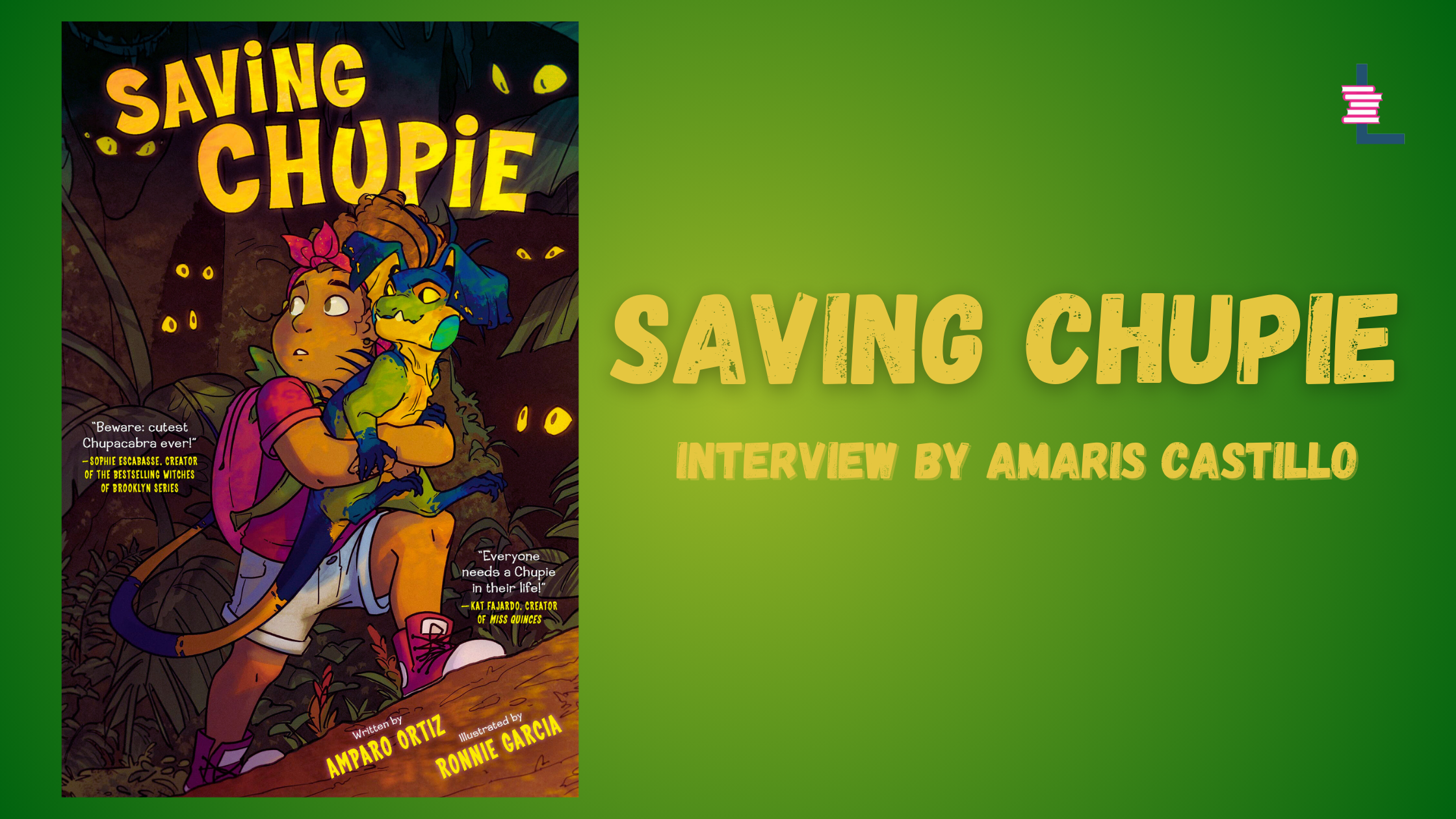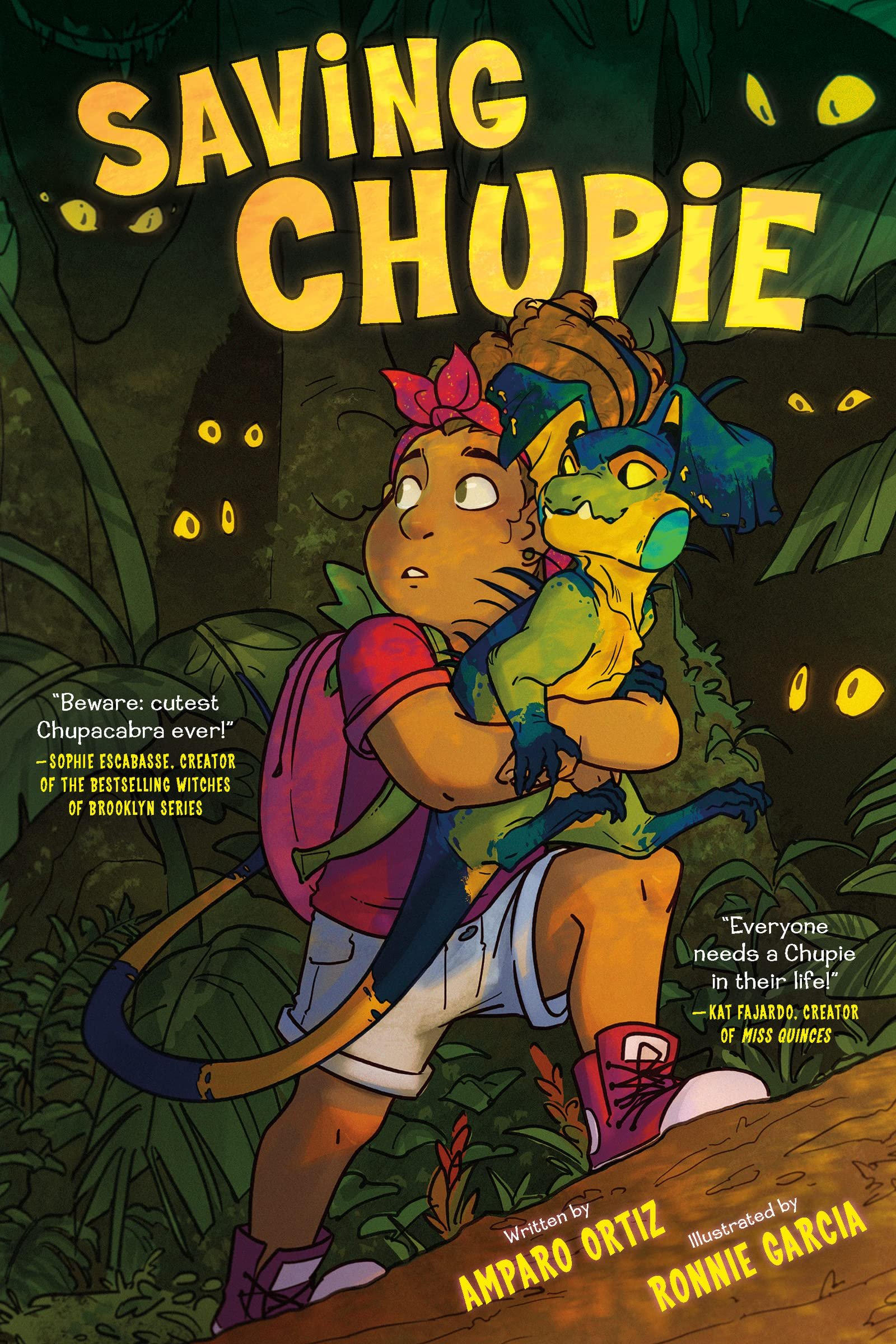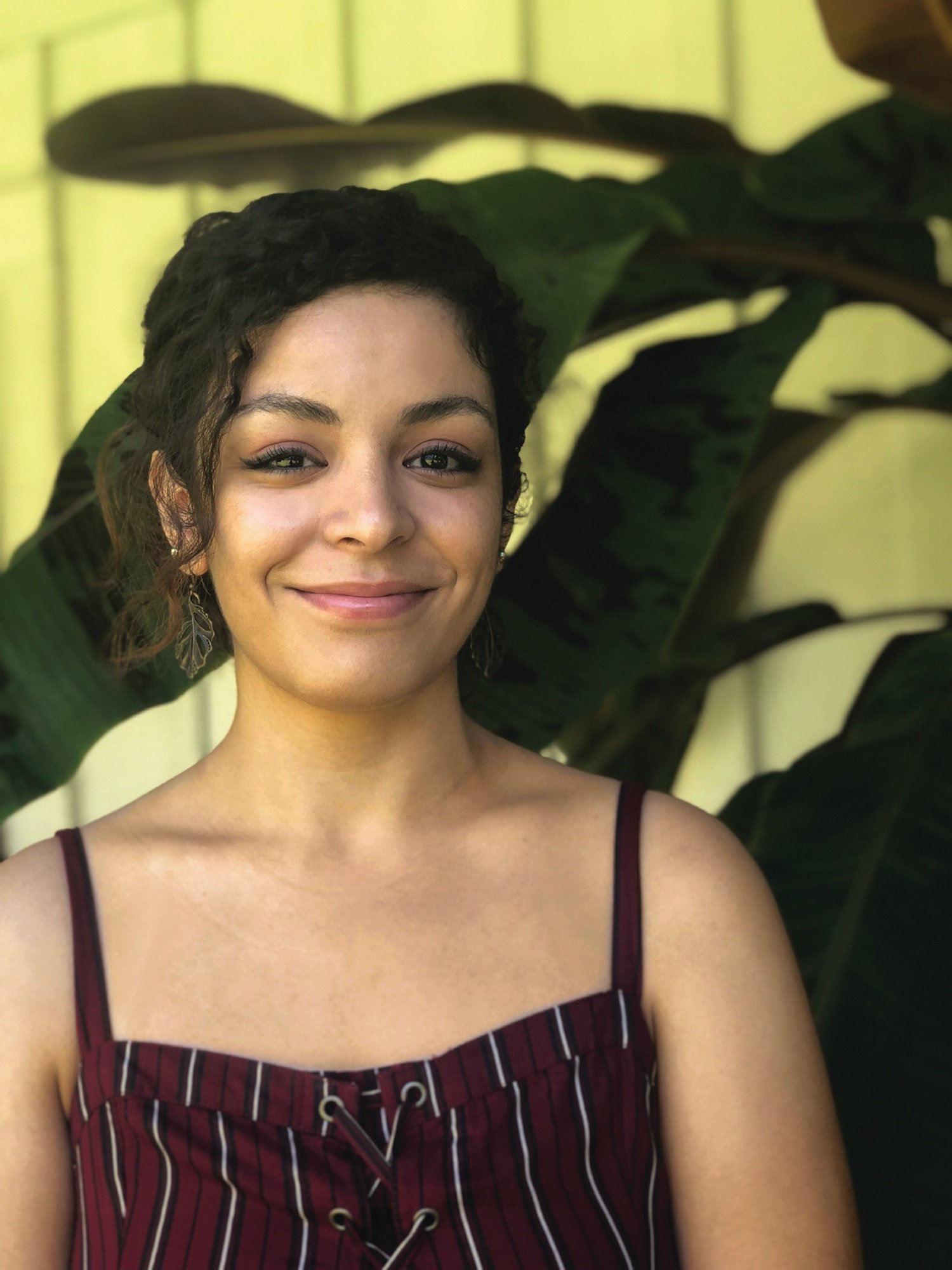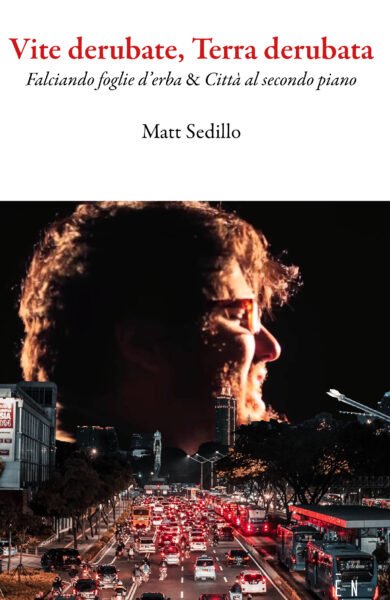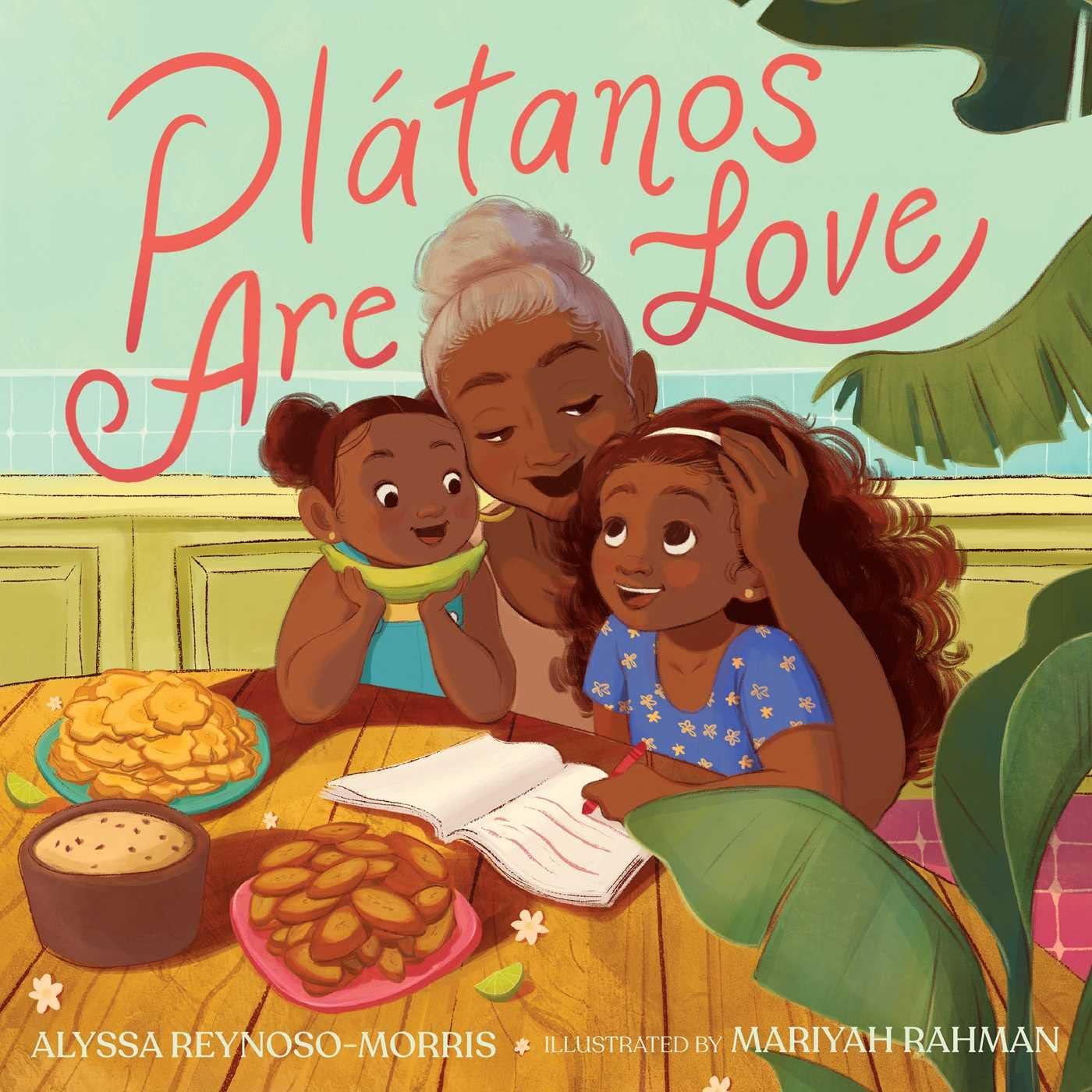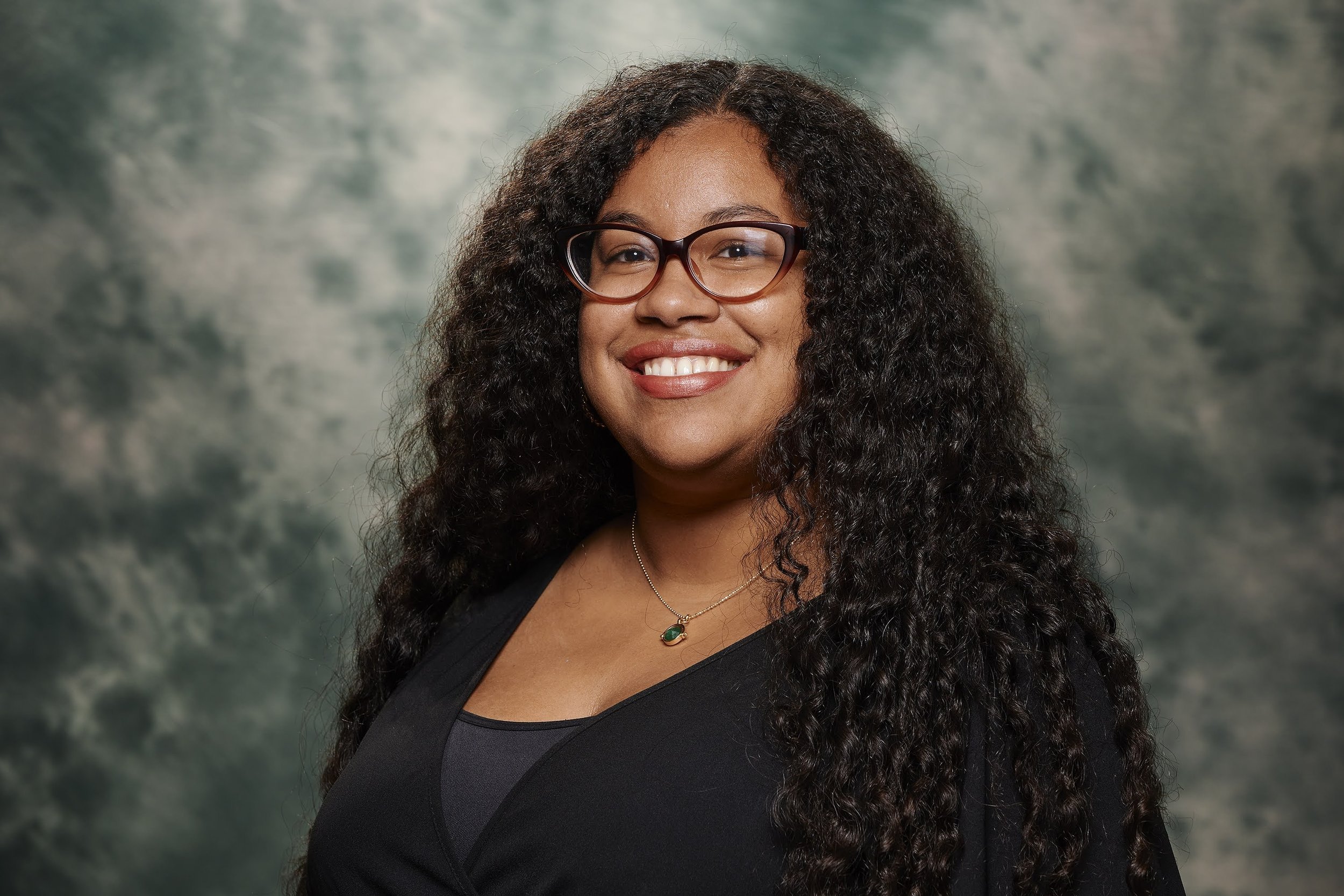Saving Chupie opens to a beaming Violeta Rubio, who has just landed in Puerto Rico. She is thrilled to be on the island for the first time ever. And she’s here with her parents on a mission: to help her Abuelita get resettled.
Hurricane María—the deadly Category 5 hurricane that devastated the island in 2017—had forced Violeta’s grandmother to leave behind her apartment and beloved restaurant for Violeta’s home in Florida.
“I’m gonna help Abuelita get everything back to normal so she can stay for good,” Violeta narrates. “She’ll never ever be sad again.”
There’s just one problem. Violeta’s parents and grandmother won’t let her help with anything, and now she’s bored here without friends. But that quickly changes when she meets Diego, the son of a butcher who used to sell meat to Abuelita for her restaurant. Violeta learns then of rumors that the chupacabra is to blame for recent attacks on animals belonging to a local meat supplier.
The belief in the creature’s existence is laughable to Violeta. “I won’t believe until I see one with my own eyes,” she thinks to herself. When Diego and his best friend, Lorena, ask for help in capturing the chupacabra, Violeta sees a chance to develop true friendships on the island. So while searching for the creature alone, Violeta is shocked to stumble into one. And she discovers that he’s not the monstrous beast others have painted him to be. This chupacabra is adorable, even. She names him Chupie.
Now Violeta finds herself in a web of secrecy as she tries to keep Chupie out of sight. And soon there’s a new threat she and her friends must navigate—protecting the creature from an international network of smugglers and monster hunters.
Author Amparo Ortiz and illustrator Ronnie Garcia have brought readers an irresistible middle grade graphic novel filled with heart, adventure, and friendship. It also does not shy away from the harsh realities that Puerto Ricans had to face in the aftermath of Hurricane María. Garcia’s illustrations, paired with Amparo’s text, breathe vibrancy and warmth to this story. The Eisner Award-winning artist also did a wonderful job in reimagining a familiar legendary creature in Puerto Rico’s folklore.
“Author Amparo Ortiz and illustrator Ronnie Garcia have brought readers an irresistible middle grade graphic novel filled with heart, adventure, and friendship.”
On behalf of Latinx in Publishing, I spoke with Ortiz about the chupacabra, what it was like to work on this unique story with Garcia, and more.
This interview has been edited for clarity and brevity.
Amaris Castillo (AC): Congratulations on Saving Chupie! This is your first middle grade graphic novel, and I read that you auditioned for the opportunity. What attracted you to this project?
Amparo Ortiz (AO): Indeed it is my very first middle grade, and my very first full-length graphic novel by myself. I’m very much used to writing short story comics, so this was a challenge and also an item on my bucket list—which is why I was initially attracted to the idea of auditioning. But I was heavily intimidated with the idea as well. And that’s precisely my formula for why I should do things in this industry: Does it challenge me? Is it intimidating? Good, let’s go.
AC: Your main character, Violeta, is visiting Puerto Rico for the first time with her family to help Abuelita revive her restaurant. We learn almost immediately that this takes place after Hurricane María. Why was it important for you to set the story during this period of recovery?
AO: When the story pitch came to me, it was already set during this period, and in a town that feels like my hometown because it’s my neighbor. I felt like this was a piece of home that I, of course, could have left someone else to write, but I just felt called to it because it was familiar. It was real. It was something that didn’t gloss over those post-María lifestyles, mindsets, and harsh realities. I felt like I could tackle that in a way that still honored what makes us beautiful, which is yes, our resilience.
But I think that’s kind of a cliche—saying Puerto Ricans are about resilience, or anyone in the Caribbean is about resilience. That sense of community stems from always being there for each other, but within these cultures and these separate countries, there are realities that are not shared. Seeing it from the perspective of someone who still lives here and is aware of things that maybe someone who is either diaspora, or who has never been to Puerto Rico don’t see as closely, is an added special touch that I could bring forth.
AC: I remember when chupacabras were all over the news. There were reported sightings in Puerto Rico and other countries, and there was some fear—as well as speculation. In Saving Chupie, the beast that Violeta finds does not appear to be the dangerous threat her friends think it is. What was it like to reimagine the chupacabra for this story?
AO: It was such a blast, honestly, because I have always been a horror fan, but through film and television. So when it came time to develop what Chupie was like, and the lore behind what Chupie is or what Chupie could be, I felt like this was a twist on something that I grew up actually hearing about. I was born in the 80s, and in the 90s we had a resurgence of the myth or the scares in Puerto Rico. The mayor of my hometown constantly went on hunting trips to find the chupacabra. So I felt like it was a nod to my past and something that I grew up with, but that I never really took seriously, not even as a child.
I do relate to Violeta when she is just super anti-believing this is real. Having a child question fantasy is something that I also had no experience with, in the fiction that I was consuming, because children are often quicker to believe that fantastical things are real. And so she was like, ‘Well, that’s ridiculous. Why would there be a monstrous creature roaming around town? It makes no sense. Y’all are just weird.’ It’s something that stems from the fact that she is not an islander herself. Most islanders in the book—and in reality—would be a little bit more partial to honoring whatever lore they’ve grown up listening to, or they’ve actually encountered in some way. And in this case, she simply is just straight out straddling that line between ‘Well, I grew up in Florida and I feel like gators are our worst nightmares there. There’s no monster here.’
AC: There’s another storyline here about the adults in Violeta’s life, particularly her Abuela, not wanting to accept her help. What message were you hoping to send by highlighting this tension?
AO: This is twofold, because as Latinas we live in what is considered a patriarchal society, a lot of which is evidenced through our daily conversations, how we live our lives, and the consequences of our choices. When it comes to how Abuelita reacts to accepting help, she is saying ‘no’ out of survival. She has to basically carry weight on her shoulders that isn’t hers, but she accepts it as hers simply because she knows she is lightening the load for others. And that is a very Latina thing to do.
It’s generational, because I feel like now you would speak to grandchildren who maybe don’t have any weight on their shoulders. They might have other loads.. They’re trying to figure out how to live, how to provide, how to survive. With an Abuelita and a Violeta, we have two very different people who approach life differently, but what they share is a love for each other and a love for their community. That’s something that is going to propel both of them into making compromises.
One of the main things I want readers to take away from Saving Chupie—whether they are Violeta’s age or Abuelita’s age—is for them to look within, and see where am I burdening myself? Where am I choosing to lighten someone else’s load, but I’m actually just making life harder for myself? And not honoring rest, not honoring compassion, not honoring mercy for what I really want to be.
AC: The illustrations by artist Ronnie Garcia are vivid and filled with so much expressiveness. What did you think of the job they did in helping to tell this story visually?
AO: I cannot properly explain how I felt when I first opened an email from my editor, Carolina Ortiz, with Ronnie’s art. For the audition, I actually saw Ronnie’s art first before I ever saw anything regarding the script because Ronnie had been hired first. Their designs were the ones that I saw as inspiration for the rest of the work. When I saw the initial sketches, I felt like I knew where it was going in terms of the humor, the heart. I knew what kind of person Violeta was. I knew what kind of creature Chupie was.
And then when I saw my first pages that I specifically scripted with Ronnie’s art, I literally lost all sense of control and I kind of squealed. I can’t remember the noise I made, but it’s definitely not a human noise. I remember emailing everyone back, like ‘I am not alive anymore. This is not real life.’ Because it’s the first time that I’d ever seen my art illustrated, and in that way. It was a full-length work, and everything was already sketched. I DM Ronnie all the time, like ‘You are not even real to me.’
AC: What are you hoping readers take away from Saving Chupie?
AO: The main goal is for them to truly enjoy a story set somewhere that maybe they’re not too familiar with, and that they can appreciate the high jinks, humor and heart through someone who is just as unhinged as I was as a child, but who is also as loving, and caring, and selfless as I want to be every single day. Violeta is mostly what I was and who I wish to be, or continue to be. Maybe that will capture the attention of the reader—this sense of adventure and magic in our world. At the same time, I want them to see someone who truly does put others first, but never gives up on her values and what she stands for.
Amparo Ortiz was born in San Juan, Puerto Rico, and currently lives on the island’s northeastern coast. While Blazewrath Games is her debut novel, Saving Chupie is her first book for middle grade readers. Her short story comic, “What Remains in the Dark,” appears in the Eisner Award-winning anthology Puerto Rico Strong. She holds a master of arts in English and a Bachelor of Arts in psychology from the University of Puerto Rico’s Río Piedras campus. When she’s not teaching ESL to her college students, she’s streaming K-pop music videos, vlogging for her eponymous YouTube channel, and writing about Latinx characters in worlds both contemporary and fantastical. Follow her shenanigans at www.amparoortiz.com.
Eisner Award-winning artist Ronnie Garcia is a queer Puerto Rican illustrator with experience in comics and visual development. With a range of storytelling experience from middle grade to young adult, their signature talent involves designing creatures of the tooth variety. They have illustrated for several independent anthologies and books, and currently teach young artists in their community. When they’re not drawing pictures or working with young artists, they can be found huddled in a blanket fort working on puzzles and eating fruit snacks.
Amaris Castillo is an award-winning journalist, writer, and the creator of Bodega Stories, a series featuring real stories from the corner store. Her writing has appeared in La Galería Magazine, Aster(ix) Journal, Spanglish Voces, PALABRITAS, Dominican Moms Be Like… (part of the Dominican Writers Association’s #DWACuenticos chapbook series), and most recently Quislaona: A Dominican Fantasy Anthology and Sana, Sana: Latinx Pain and Radical Visions for Healing and Justice. Her short story, “El Don,” was a prize finalist for the 2022 Elizabeth Nunez Caribbean-American Writers’ Prize by the Brooklyn Caribbean Literary Festival. She is a proud member of Latinx in Publishing’s Writers Mentorship Class of 2023 and lives in Florida with her family and dog, Brooklyn.

